-
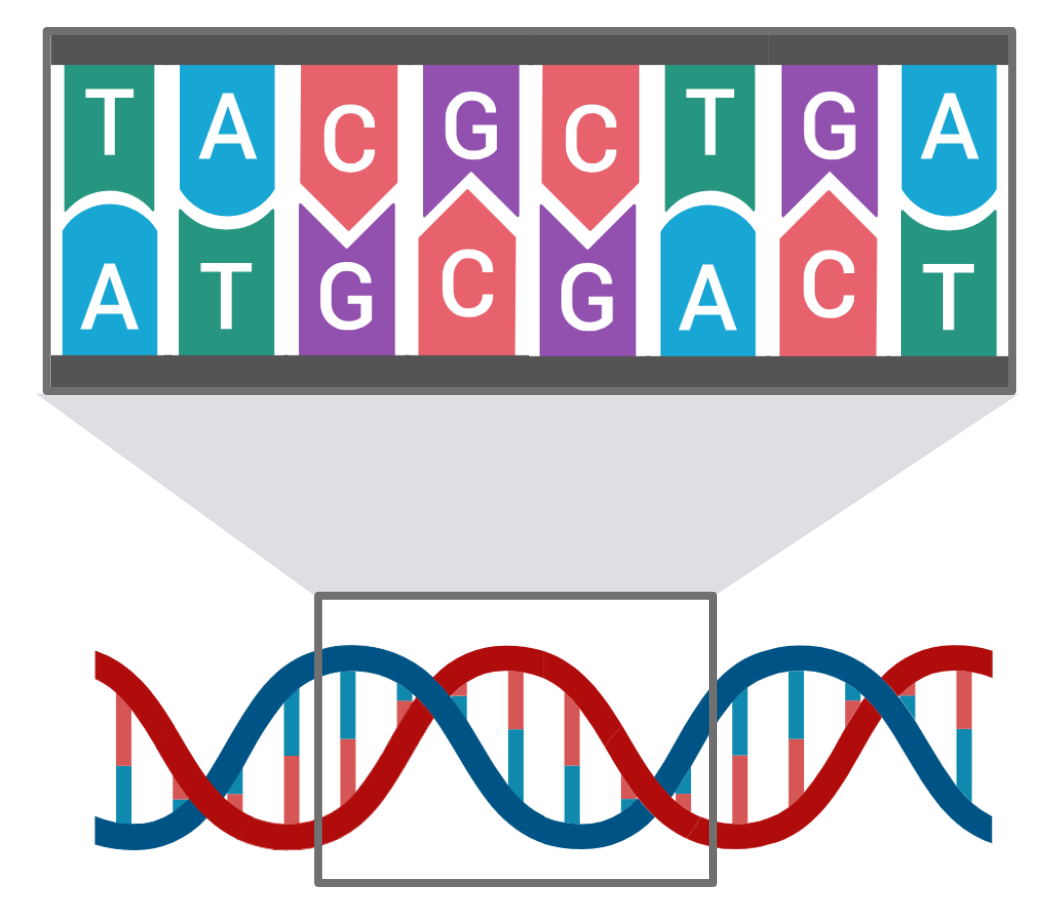
Genetic Code Overview
Here’s an excerpt from the provided text on the Genetic Code: The **Genetic Code** is a universal set of rules essential for translating genetic information into functional proteins. It operates on a **triplet code** system, where each **codon**, composed of three nucleotides, corresponds to a specific amino acid. This code is **non-overlapping** and **degenerate**, meaning…
-

DNA and its types
DNA, or deoxyribonucleic acid, is the genetic material that carries instructions for all living organisms. It comes in various types, including the double helix, single-stranded DNA, and RNA. DNA can have different conformations and can be supercoiled. Understanding these types is essential for DNA sequencing, genetic engineering, drug development, and forensic science.
-
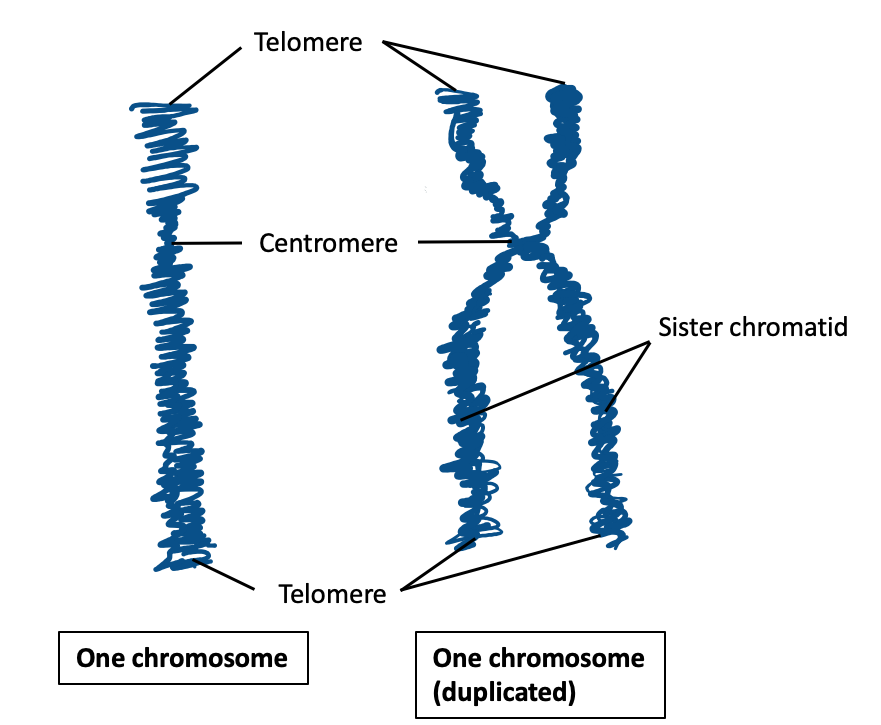
Chromosome : Function
Delve into the intricate realm of chromosomes and their specialized nucleotide sequences, which are fundamental to essential cellular processes like DNA replication and chromosome segregation. The cell cycle, where these genetic elements take center stage, involves replication during interphase, forming sister chromatids, and their condensation into visible mitotic chromosomes. Three guardian sequences orchestrate this process:…
-
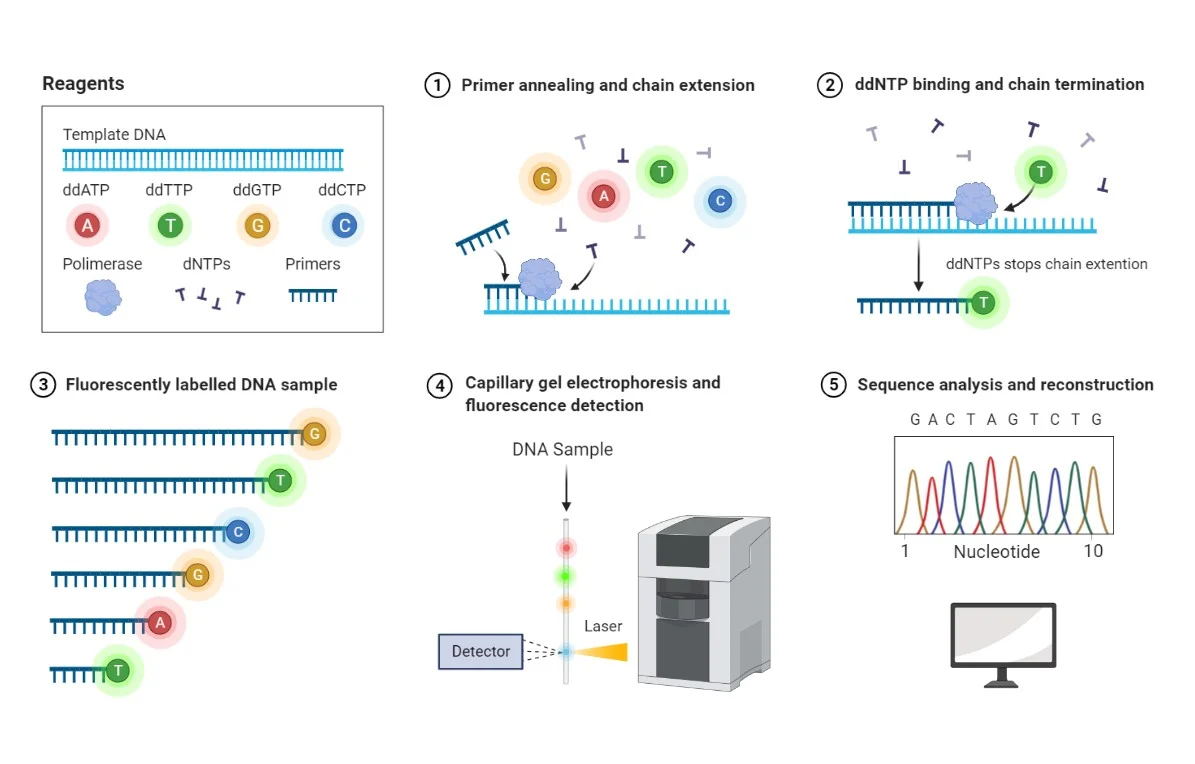
Next-Generation Sequencing (NGS)
Introduction: Illumina Sequencing: Roche 454 Sequencing: Ion Torrent Sequencing: Workflow: Applications: Conclusion:
-
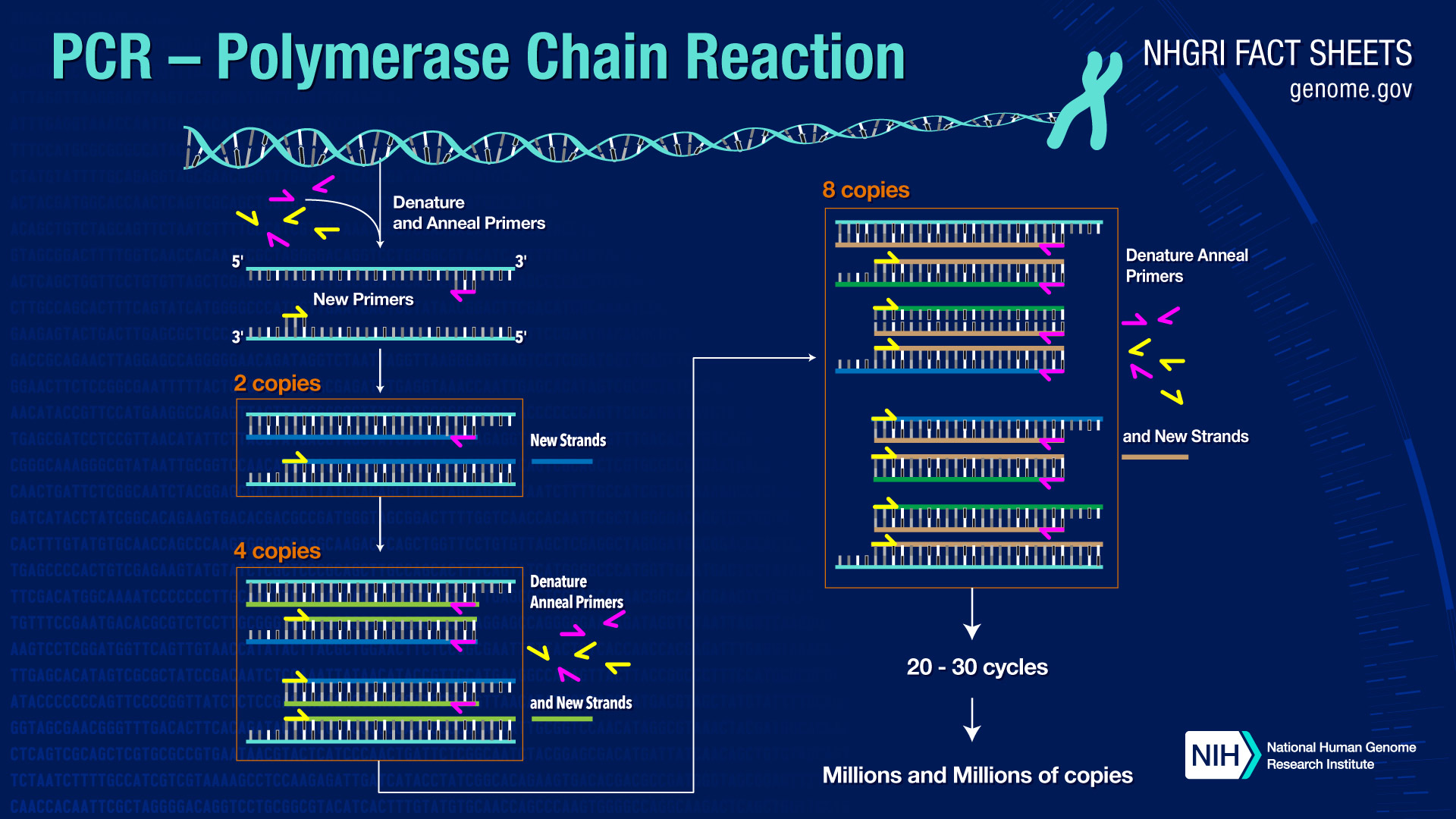
Polymerase Chain Reaction (PCR)
Introduction Principles of PCR Components of PCR PCR Applications Types of PCR Limitations of PCR Conclusion
-
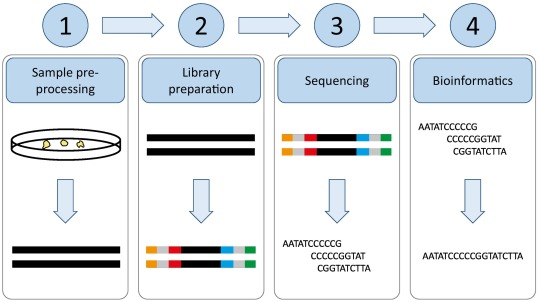
The Steps of Next-Generation Sequencing
Introduction: Steps: Sample Preparation: Library Preparation: Sequencing: Data Analysis: Conclusion:
-
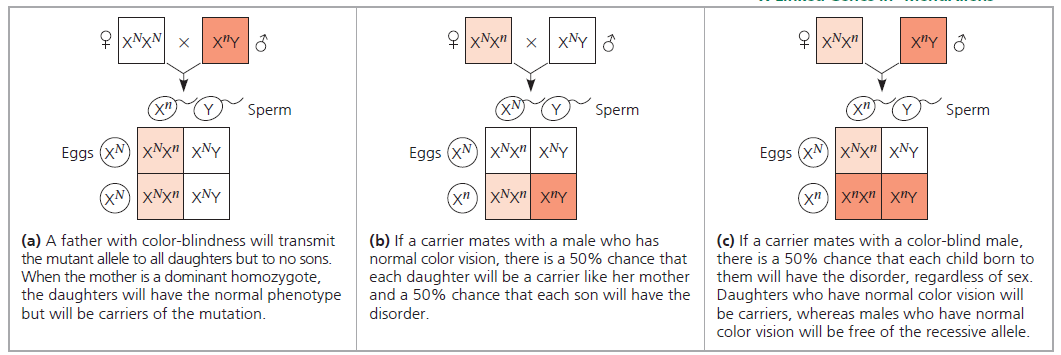
Inheritance of X-Linked Genes
Definition: X-linked genes are genes that are found on the X chromosome, which is one of two sex chromosomes in humans. Males and females both carry the X chromosome, but males have only one, whilst females have two. Because males and females have different numbers of X chromosomes, there are disparities in the expression of…
-
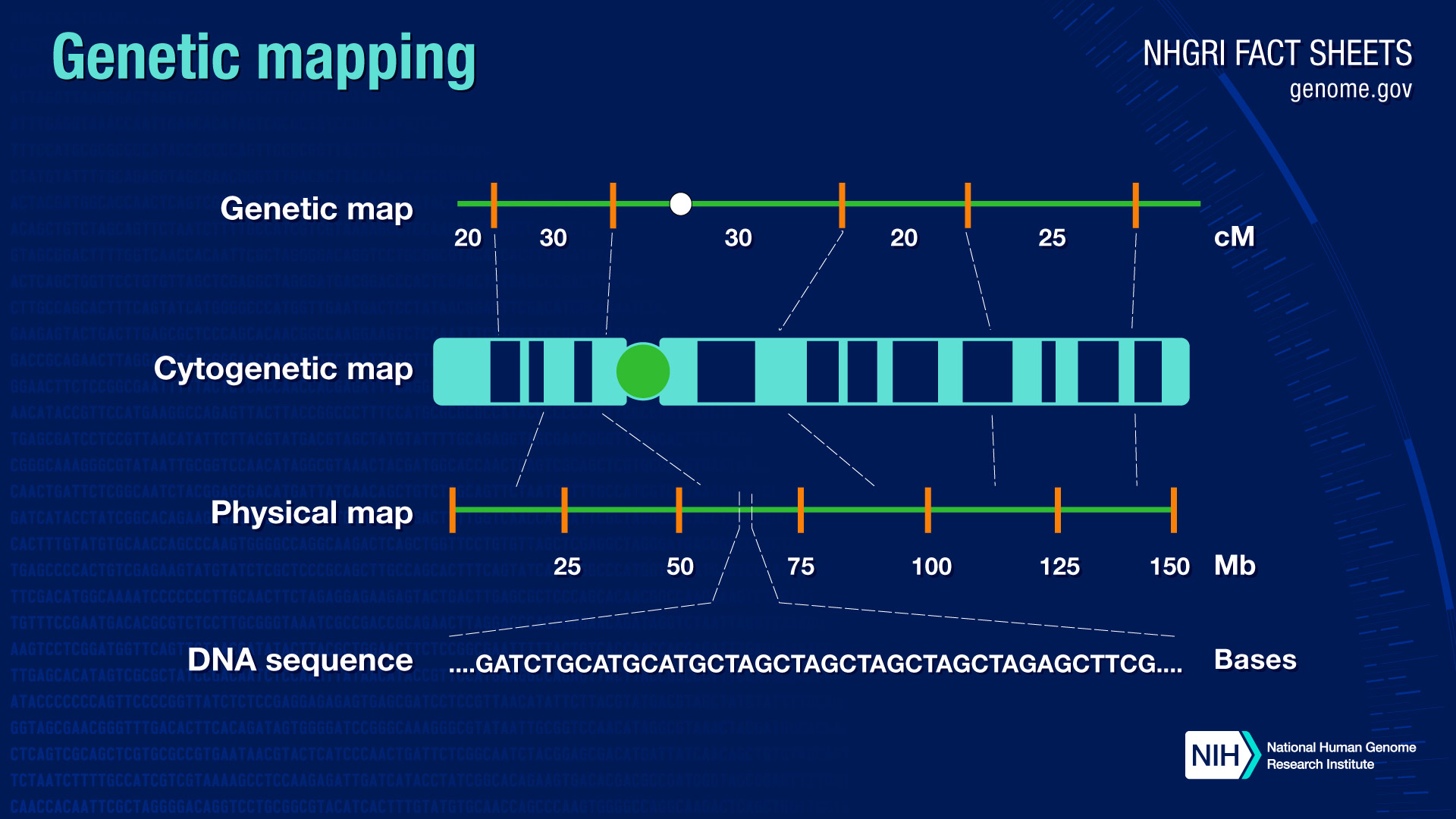
Gene mapping
Introduction Alfred H. Sturtevant’s Method of Constructing a Genetic Map Challenges in Interpreting Recombination Data Success of Sturtevant’s Method Limitations of a Linkage Map Advances in Mapping Gene Locations
-
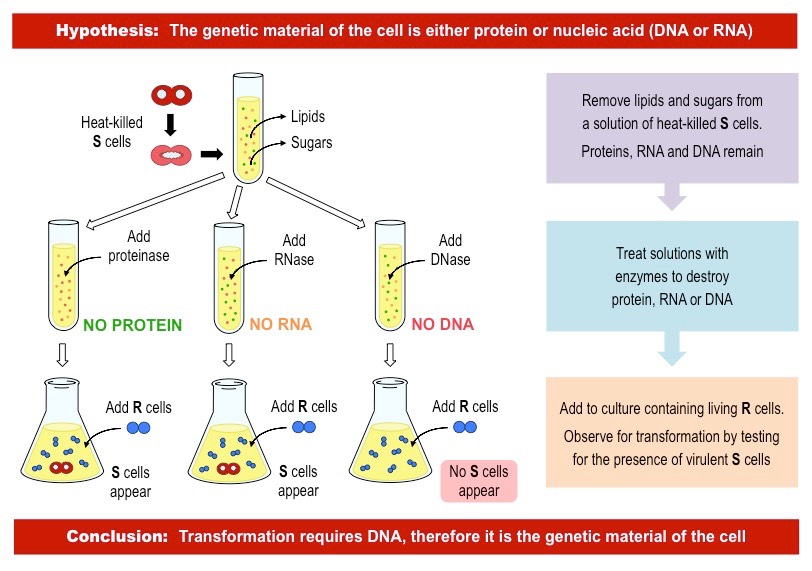
Avery, Maclyn McCarty’s Experiment
Introduction: Avery, Maclyn McCarty’s experiment is a landmark study in the field of molecular biology. It was conducted to determine the nature of the genetic material of bacteria and how it could be transformed. The experiment was carried out in 1944 and was considered a major breakthrough in the understanding of genetic information. Objective: The…
-
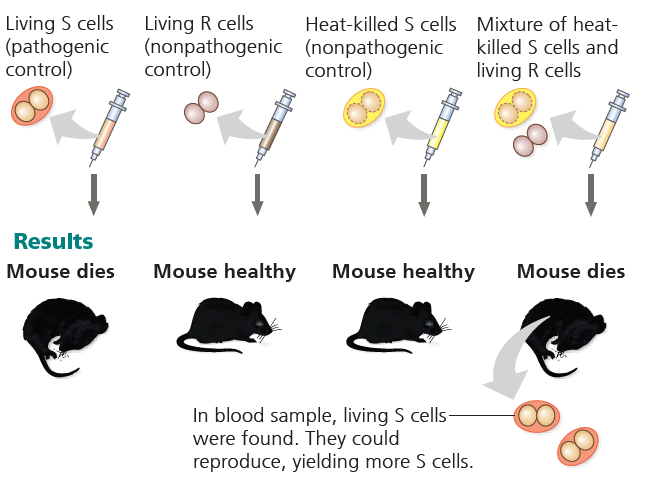
Griffith’s Experiment
Introduction: The Experiment: Steps of Experiment: Conclusion:
-
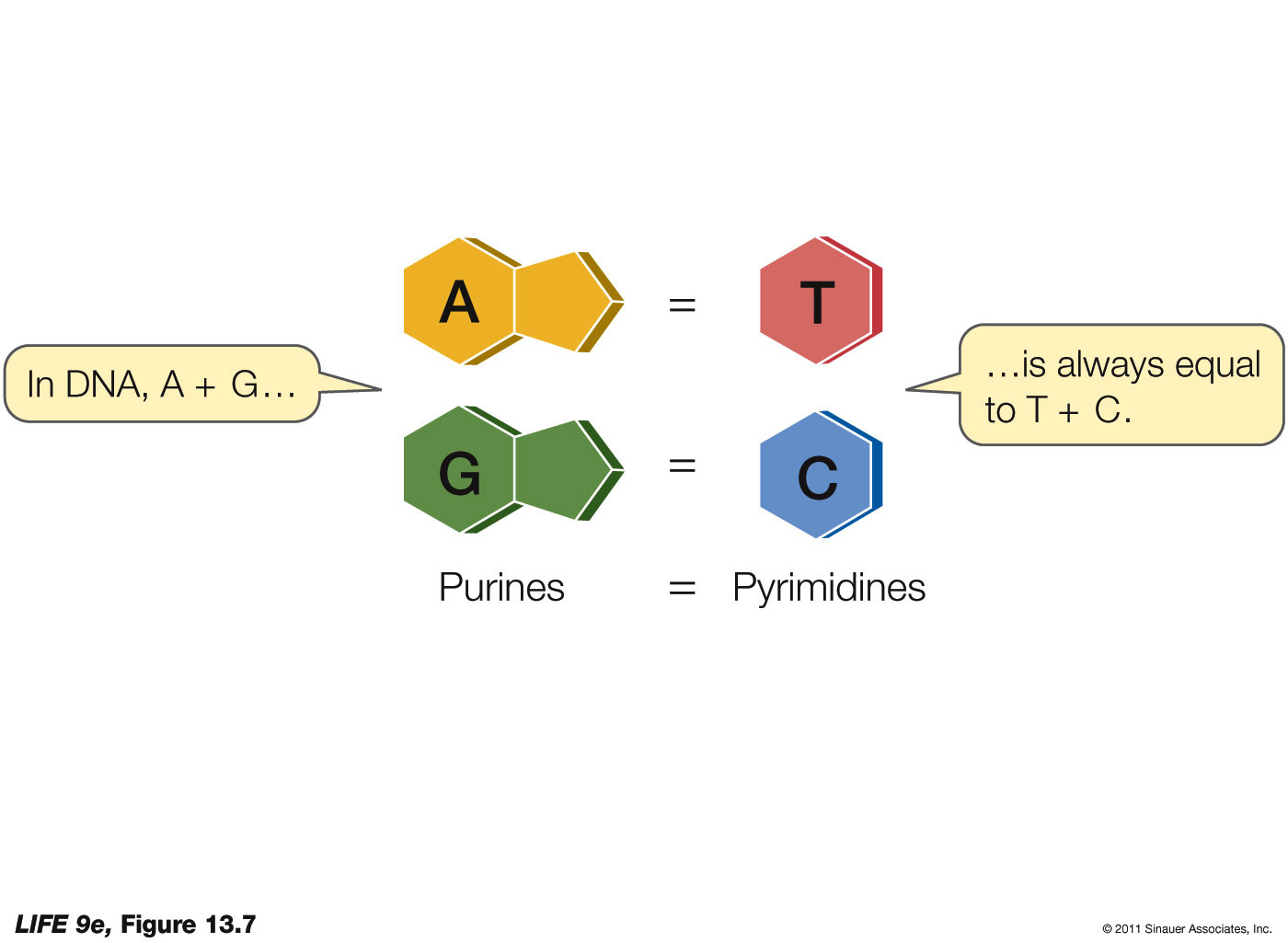
Chargaff’s Rule
Introduction Background Evidence for Chargaff’s Rule Implications of Chargaff’s Rule Limitations of Chargaff’s Rule Conclusion
-

Structure of DNA
I. Introduction II. Chemical Composition III. Double Helix Structure IV. Chromosomes V. Replication VI. Conclusion
-
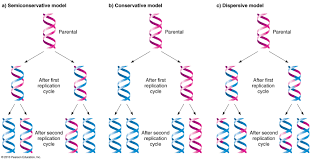
DNA Replication: Three Alternative Models
Introduction: DNA replication is the process by which a cell copies its DNA before cell division. It is a critical process that ensures the accurate transmission of genetic information from one generation of cells to the next. There are three main models of DNA replication: semi-conservative replication, conservative replication, and dispersive replication. Semi-Conservative Replication: Conservative…
-
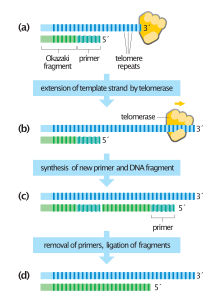
Telomere Replication
Introduction: Functions of Telomeres: Telomere Replication: Extension: Replication: Factors Influencing Telomere Replication: Conclusion:
-
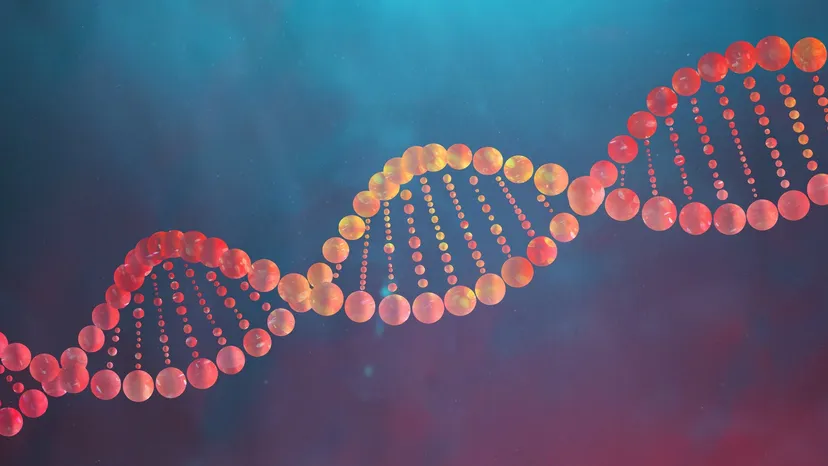
Is DNA the Genetic Material?
Introduction: History of the Concept of Genetic Material: Evidence Supporting DNA as the Genetic Material: Conclusion:
-
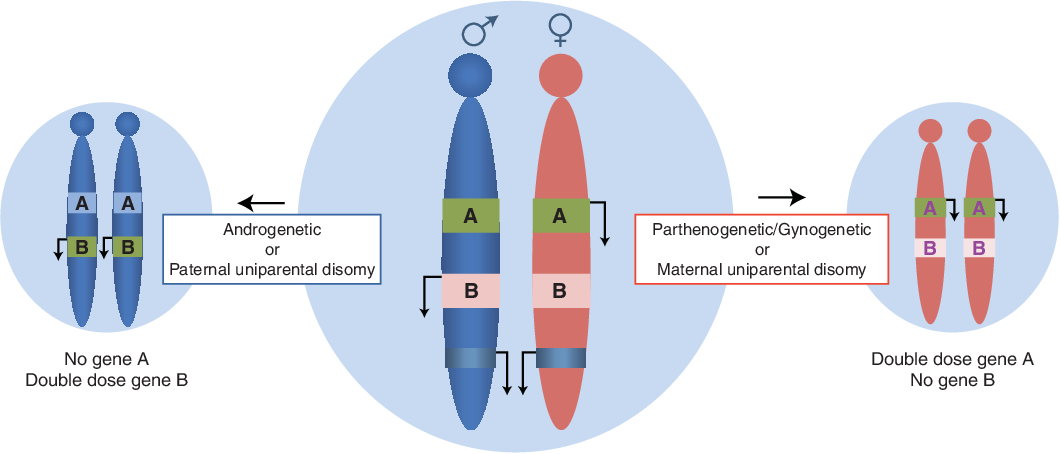
Genomic Imprinting: An Overview
I. Introduction II. Definition and Occurrence of Genomic Imprinting III. Imprinting During Development IV. Example: The Mouse Gene for Insulin-Like Growth Factor 2 (Igf2) V. What is a Genomic Imprint? VI. Importance of Genomic Imprinting VII. Conclusion
-
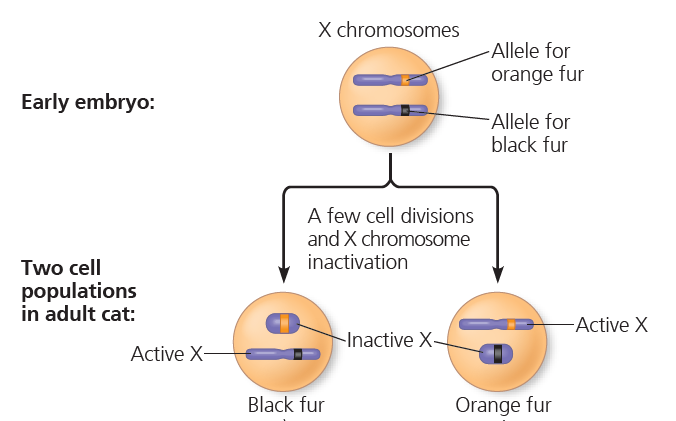
X Inactivation in Female Mammals
I. Introduction II. X Chromosome Inactivation III. Selection of Active X Chromosome IV. X Inactivation Process V. X Inactivation in Humans VI. Conclusion
-
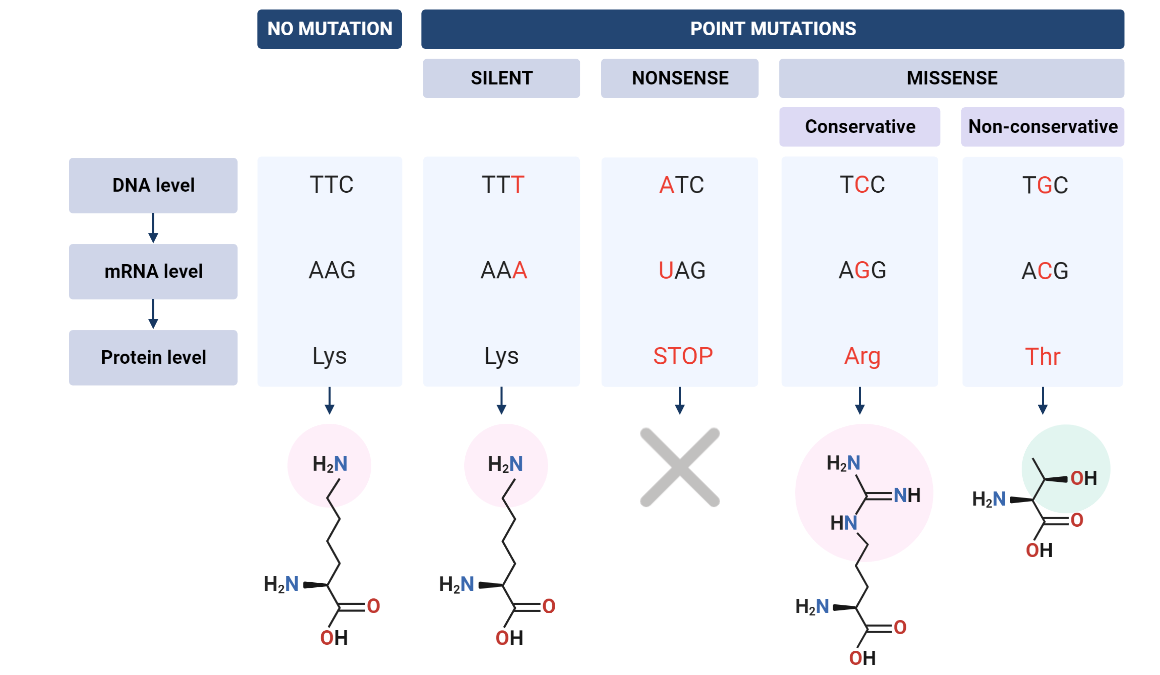
Mutation
Introduction Types of Mutation A point mutation occurs when a single nucleotide in the DNA sequence is changed. Frameshift mutation When one or more nucleotides are added to or taken away from the DNA sequence, this is called a frameshift mutation. Chromosomal mutations There are various forms of chromosomal mutations, which include:Deletion: the removal of…
-

Prokaryotic DNA Replication
Prokaryotic DNA replication is a tightly regulated and coordinated process in which bacterial cells duplicate their genetic material before cell division. The process is semi-conservative and includes the initiation, elongation, and termination of replication, involving enzymes such as DNA polymerase, primase, and helicase. The replication is initiated by the binding of the replication initiator protein…
-
Mendel’s Laws of Inheritance
Gregor Mendel’s groundbreaking research on pea plants led to the formulation of two fundamental laws of inheritance. The Law of Dominance explains how dominant and recessive traits are inherited, while the Law of Segregation elucidates the separation of alleles during meiosis. The Law of Independent Assortment further reveals the independent inheritance of different traits. These…
-
Exons and Introns
Dive into the intricate world of gene transcription with a focus on exons and introns. Explore how eukaryotic genes differ from prokaryotic ones and uncover the roles of exons, coding sequences, and introns, non-coding segments, in shaping gene expression. Delve into the structure of the human β-globin gene as a case study, unraveling its various…
-
Sex Determination in Drosophila
Drosophila, commonly known as fruit flies, have long been a staple in genetic and developmental biology research. One of the most fascinating aspects of Drosophila biology is their sex determination process, intricately tied to their genetic makeup. The sex of these tiny organisms is dictated by a single pair of sex chromosomes, X and Y.…
-

Secondary Sex Determination in Mammals
Explore the intricate realm of secondary sex determination in mammals, where hormones and genetic interplay shape diverse phenotypes. Uncover the two major phases and hormonal cues guiding the development of sexual characteristics. From internal and external genitalia to reproductive ducts, delve into the journey of female and male phenotypes. Discover conditions like pseudohermaphroditism and true…
-

Chromosomal Sex Determination in Drosophila
Discover the unique chromosomal sex determination in Drosophila, where the intricate interplay of genes and chromosomes orchestrates sex. Dive into the captivating journey of how the X chromosome, Sex-lethal gene, and a cascade of molecular events shape sex-specific traits. Uncover the pivotal roles of transformer, doublesex gene, and transcription factors in steering the course of…
-

Attenuation in TRP Operon
Attenuation is a sophisticated gene regulation mechanism found in the TRP operon, responsible for tryptophan synthesis in bacteria. By utilizing the leader peptide and tryptophan as key players, attenuation allows precise control of gene expression based on tryptophan levels. The leader peptide acts as a sensor, adjusting the secondary structure to either block or allow…
-

Trp Operon
The Trp operon is a genetic regulatory system in bacteria that controls the production of enzymes for tryptophan synthesis. It consists of a promoter, operator, and structural gene region. Induction and repression mechanisms regulate transcription based on tryptophan levels. Feedback inhibition further modulates the operon. Understanding the Trp operon sheds light on genetic regulation, cell…
-

Gene Therapy: A study note
Gene therapy is a groundbreaking medical approach that holds tremendous potential for revolutionizing disease treatment. By altering the genetic material within cells, gene therapy aims to correct abnormal genes or introduce therapeutic genes to combat a wide range of conditions. This study note provides a comprehensive overview of gene therapy, exploring its principles, techniques, applications,…
-

DNA Microarray Technique
DNA microarray is a powerful technique used to study gene expression levels in a high-throughput manner. It involves hybridizing labeled target sequences to DNA probes on a microarray, allowing researchers to detect and quantify specific nucleic acid sequences. This study note explores the principles, procedure, applications, and limitations of DNA microarray, highlighting its role in…
-

Gel Electrophoresis
Gel electrophoresis is a widely used technique in molecular biology for separating and analyzing DNA, RNA, and proteins. It plays a crucial role in various applications such as DNA analysis, protein characterization, and clinical diagnostics. This study note provides an in-depth understanding of the principles, procedure, and applications of gel electrophoresis, making it a valuable…
-

ChIP (Chromatin Immunoprecipitation)
ChIP (Chromatin Immunoprecipitation) is a powerful molecular biology technique used to study protein-DNA interactions in cells. This article explores the principles, procedure, applications, and limitations of ChIP, providing insights into its significance in gene expression regulation and chromatin structure. Discover how ChIP has revolutionized research in genetics, epigenetics, and cancer research, while also exploring newer…
-

Eukaryotic DNA Replication
This text explains the process of Eukaryotic DNA replication. The article highlights the pre-replication complex formation, initiation, elongation, and termination of the replication process. The author also explains the role of various proteins involved in the process, such as ORC, Cdc6, Cdt1, Mcm2-7, DNA polymerase, and Primase. Overall, the article provides a detailed overview of…
-
Mendel’s First Law
The excerpt provides an in-depth study of Mendel’s First Law, also known as the Law of Segregation. It delves into Gregor Mendel’s groundbreaking experiments with pea plants, unraveling the principles of inheritance and genetic traits. Mendel’s work laid the foundation for modern genetics, and his findings continue to influence genetic research across various disciplines. Understanding…
-

Centrioles : Structure and Function
Centrioles, cylindrical organelles found in the centrosome, play pivotal roles in cell division and cytoskeletal organization. Composed of triplet microtubules, they serve as the primary microtubule organizing center during mitosis, ensuring accurate chromosome segregation. Additionally, centrioles function as basal bodies, enabling the formation of cilia and flagella. Their influence extends to cell shape, intracellular transport,…
-

Pedigree Analysis
Pedigree analysis is a powerful method used in genetics to unravel the inheritance patterns of specific traits and disorders within families. By constructing a detailed family tree, known as a pedigree, and carefully studying the presence or absence of a trait in each individual, researchers can deduce whether a trait is inherited dominantly, recessively, or…
-
Post transcriptional processing
Post-transcriptional processing refers to the set of modifications and events that occur to the RNA molecule after transcription, but before translation. These modifications are important for the stability, localization, and translation of the RNA molecule. Capping, polyadenylation, splicing, RNA editing, RNA localization, and RNA stability are all important aspects of post-transcriptional processing.
-

Post translational processing
Post-translational processing refers to the series of modifications that occur to a protein after it has been synthesized by the ribosome. These modifications can include folding, cleavage, phosphorylation, acetylation, glycosylation, ubiquitination, and methylation. Each modification is mediated by a specific enzyme and can have a significant impact on the stability, activity, and localization of the…
-
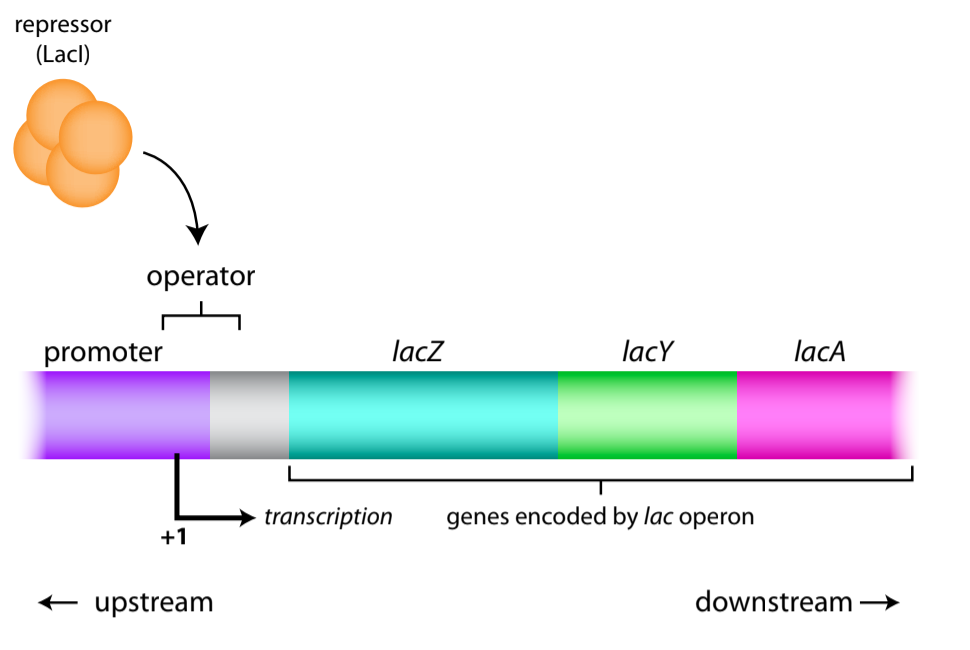
Lac Operon- Gene Regulation in Bacteria
The lac operon, found in E. coli bacteria, is a remarkable genetic system that controls the metabolism of lactose, a sugar commonly present in milk. This operon comprises three crucial structural genes: lacZ, lacY, and lacA, responsible for encoding the essential enzymes needed to break down lactose into glucose and galactose. Its significance in the…
-

Molecular genetics of cancer
This topic discusses the molecular genetics of cancer, which involves the study of genetic and molecular changes that occur in cells as they become cancerous. It explains the role of oncogenes and tumor suppressor genes in the development of cancer and how mutations in these genes can disrupt the balance between cell growth and proliferation.…
-

Eukaryotic DNA replication (Basic)
Eukaryotic DNA replication is a complex and highly regulated process that occurs in the cell nucleus. It is essential for the maintenance of genomic integrity and the proper segregation of chromosomes during cell division. The molecular basis of eukaryotic DNA replication can be broken down into several key steps and components: The molecular machinery responsible…
-

The p53 gene
The p53 gene is a crucial gene in the human body that plays a critical role in regulating cell growth and division. The gene encodes a protein called p53, which acts as a checkpoint protein to monitor the integrity of the genome and respond to DNA damage. When DNA damage is detected, p53 can activate…
-

RFLP (Restriction Fragment Length Polymorphism)
The excerpt introduces RFLP, a molecular biology method for detecting DNA sequence variations. It explains the principle of restriction enzymes cutting specific DNA sequences and generating restriction fragments. The procedure involves DNA isolation, digestion, gel electrophoresis, and hybridization with labeled probes. RFLP’s applications span genetics, forensic science, and medical diagnostics. Despite its replacement by newer…
-

Retinoblastoma
Retinoblastoma is a rare type of cancer that affects the retina of the eye and is caused by mutations in the retinoblastoma (RB) gene. The RB gene plays a critical role in the regulation of cell growth and division, acting as a tumor suppressor by inhibiting the activity of other proteins that are important for…
-
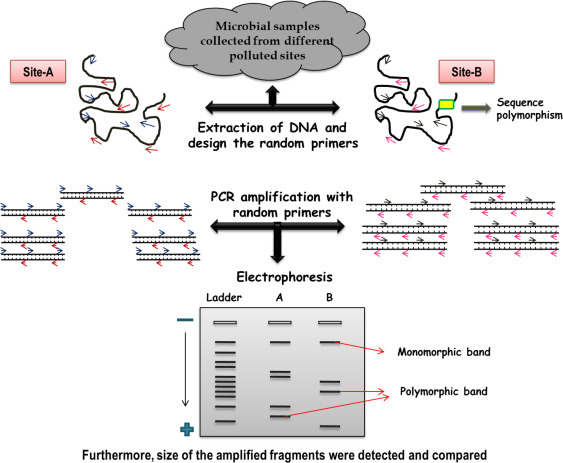
Random Amplified Polymorphic DNA (RAPD)
Introduction: Principles of RAPD: Procedure: RAPD analysis involves the following steps: Applications: Limitations: Conclusion:
-

The APC gene
APC genes are a group of tumor suppressor genes that play a crucial role in preventing the development of colon cancer. Mutations in APC genes can lead to the accumulation of beta-catenin in the cell, which can activate the Wnt signaling pathway and lead to uncontrolled cell growth and the development of tumors. Understanding the…
-

Nucleus – Ultra structure
The nucleus is a vital organelle found in eukaryotic cells, which contains the genetic material of the cell in the form of DNA. It plays a significant role in the regulation of cell growth, division, and gene expression. The ultrastructure of the nucleus includes the nuclear envelope, nucleoplasm, and chromatin. The nuclear envelope surrounds the…
-

The RAS gene
This text describes the significance of RAS gene mutations in the development and treatment of cancer. RAS genes play a vital role in regulating cell growth, and mutations in these genes can lead to the development of various cancers, including colorectal, lung, and pancreatic cancer. The three main isoforms of the RAS gene – KRAS,…
-

Cell Cycle and Its Regulation
The cell cycle is a fundamental process that is essential for the growth, development, and maintenance of all living organisms. It is a series of events that a cell undergoes to replicate and divide into two daughter cells. The cell cycle can be divided into two main stages: interphase and mitosis. Interphase is the period…
-

Oncogenes and Tumor suppressor genes
The molecular genetics of cancer involves the study of the genetic and molecular changes that occur in cells as they become cancerous. This field of study has led to the identification of two important classes of genes involved in the development of cancer: oncogenes and tumor suppressor genes. Oncogenes promote cell growth and proliferation, while…
-

Mitosis: Cell Division
Mitosis cell division is essential for the growth and repair of an organism. Mitosis involves four main stages: prophase, metaphase, anaphase, and telophase, followed by cytokinesis, the final stage where the cell physically divides into two identical daughter cells. The proper execution of mitosis is critical for the accurate replication and segregation of DNA and…
-

Cancer and cell cycle
The article explains the role of the cell cycle in the development of cancer. The cell cycle is a series of events that a cell goes through as it grows and divides into two daughter cells. Disruption in the regulation of the cell cycle can lead to uncontrolled growth and proliferation of cells, causing cancer.…
Categories
- Anatomy (9)
- Animal Form and Functions (38)
- Animal Physiology (65)
- Biochemistry (33)
- Biophysics (25)
- Biotechnology (52)
- Botany (42)
- Plant morphology (6)
- Plant Physiology (26)
- Cell Biology (107)
- Cell Cycle (14)
- Cell Signaling (21)
- Chemistry (9)
- Developmental Biology (36)
- Fertilization (13)
- Ecology (5)
- Embryology (17)
- Endocrinology (10)
- Environmental biology (3)
- Genetics (59)
- DNA (27)
- Inheritance (13)
- Histology (3)
- Hormone (3)
- Immunology (29)
- life science (76)
- Material science (8)
- Microbiology (18)
- Virus (8)
- Microscopy (18)
- Molecular Biology (113)
- parasitology (6)
- Physics (3)
- Physiology (11)
- Plant biology (26)
- Uncategorized (7)
- Zoology (112)
- Classification (6)
- Invertebrate (7)




